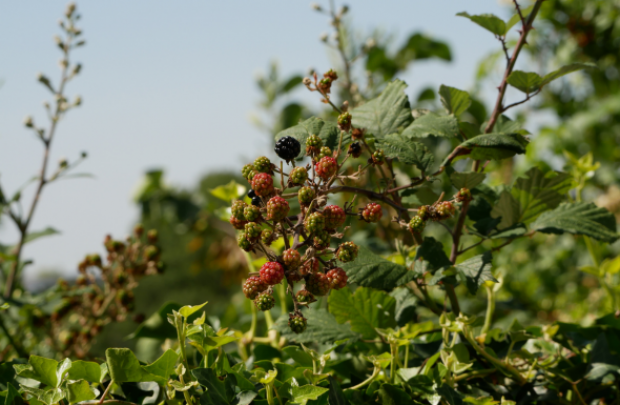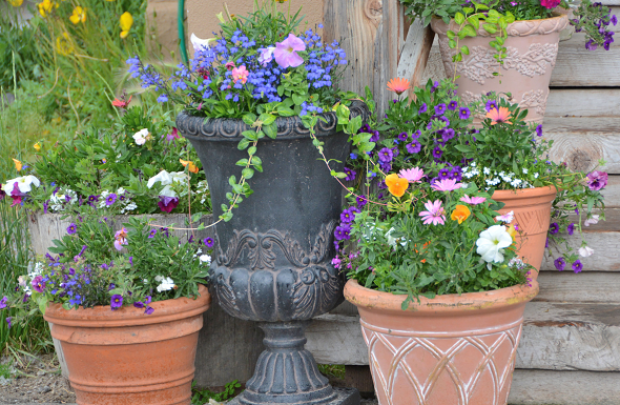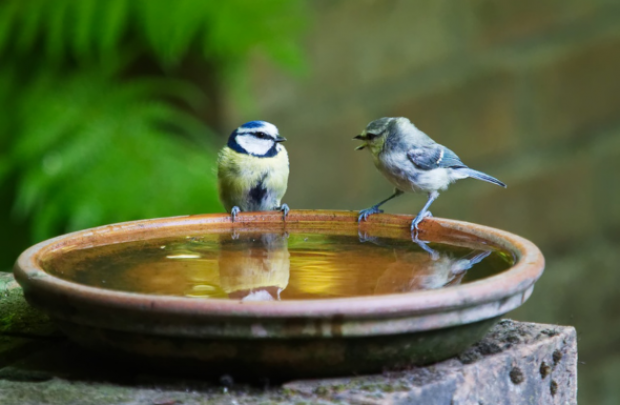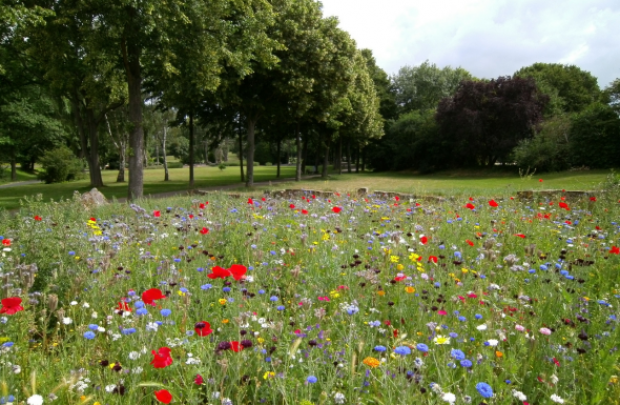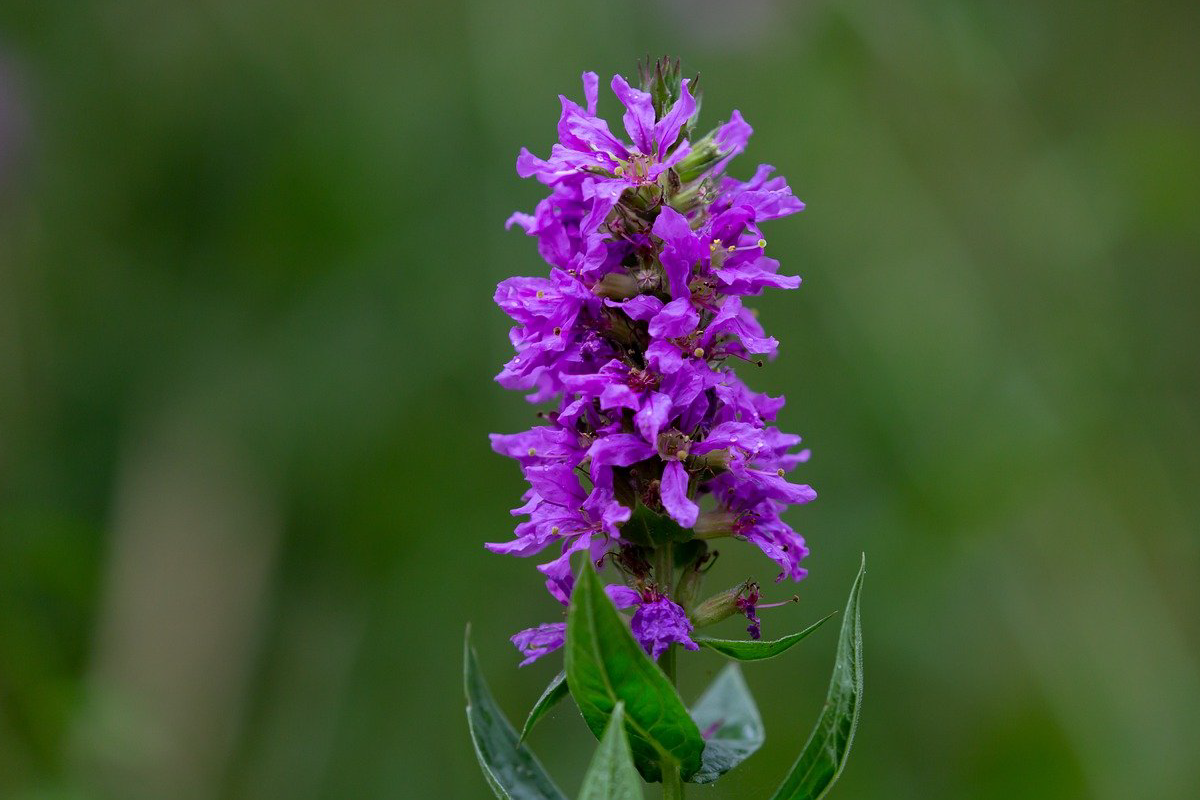
Rain and gardens: a match made in heaven
by Daniel Vickers, Zoology, Bangor University
Living in the United Kingdom, it is easy to see rain as just another type of weather that comes in a cycle, waterlogging gardens and making puddles. But alongside any nuisances, rain brings refreshment and life to gardens and wildlife alike.
Living with your garden being turned into a bog by the rain isn’t all doom and gloom! By adapting your garden to work with the rain and allowing it to house specific plant types, you can turn your back garden into a bog garden. Although it may not sound like the most appealing name, bog gardens become home to a wide variation of species (plants and animals alike). They allow you to have the luxury of watching your garden grow into a wildlife hotspot from a warm and dry home. The scale of a bog garden can vary – it could be that patch at the bottom of your garden which always seems to be naturally waterlogged, the space around a pond, or an area where you are willing to work to keep it damp. All it needs is some plants that love moisture and some attention to keep that area damp and moist when needed. Any plants that love moisture can be used in a bog garden, all that matters is that you do a bit of research into plant combinations to allow your garden to thrive with life. Here are some top tips and links to more information.
Bog gardens will be active most of the year round, with plants flowering from spring to autumn and animals using it as a habitat. One such plant which thrives particularly well on the edges of ponds is lythrum - this will attract pollinators to your garden and in the autumn turns reddish giving your pond a more seasonal look.
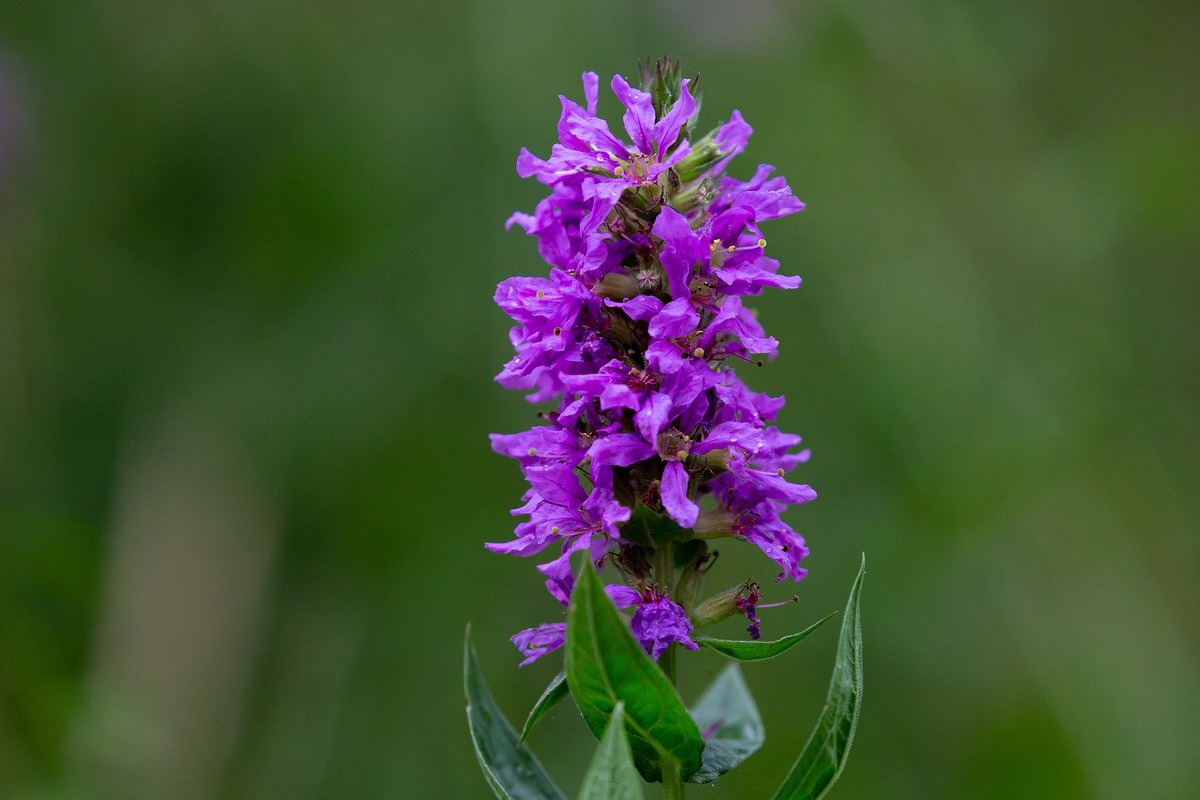
Mosaic plants can work well alongside aquatic pond plants. Blooming in the summer, this plant grows from the bottom of water sources and can cover the surface of water with its leaves. This makes it particularly useful to make a section of your pond more shaded and protected.
To get you started, here’s a list of recommended plants.
Working with nature
A great example of working with nature when gardening are Beth Chatto’s famous seven-and-a-half-acre gravel gardens - these gardens are made up of plants specifically chosen for the type of garden they will be placed in. There are gravel, scree, water and reservoir gardens. These gardens were originally planted on wasteland, so working with nature was a necessity to ensure the survival of plants. These gardens show that by working with nature, the plants best suited to the environment grow, allowing the garden to become the most suitable habitat possible.
Gardens such as these are not limited to big areas of land. They can be created in your own gardens. You could use an area with limited drainage to create a bog garden, create your own pond and plant a water garden, add plants that don’t need much water on gravel surfaces…you can create your own wild space no matter how big or what type of garden you have.
And if can’t make big changes to your space or don’t have the room, you can always use a container such as an old bathtub or pots. This creates a smaller bog garden and requires a bit more care to keep it damp and healthy, but due to its size it may be more manageable for some people. A step by step guide to making your own bog garden can be found here.
Garden animals
From frogs and toads to dragonflies and bees (with the occasional heron), gardens that work with nature can attract and house all sorts of wildlife throughout the year. In spring tadpoles may appear and bees will get to work, and in autumn hedgehogs may move into the dark corners of your garden to hibernate whilst other life moves in to take its place.
When attracting animals to your garden, water is one of the most important factors. Whether it’s a bog garden, pond, or just frequently watering your space, the presence of water will always attract insects. This then attracts bigger animals such as frogs, hedgehogs, and birds that will return to your garden as a known feeding area. Within weeks your garden could become home to all sorts of new residents, allowing you to start a new hobby of wildlife watching all from the comfort of your own home.
A common fan of ponds and bog gardens in particular is the frog. From hibernating over the winter months to surviving off insects around the pond, frogs spend much of their time in wet and damp environments.
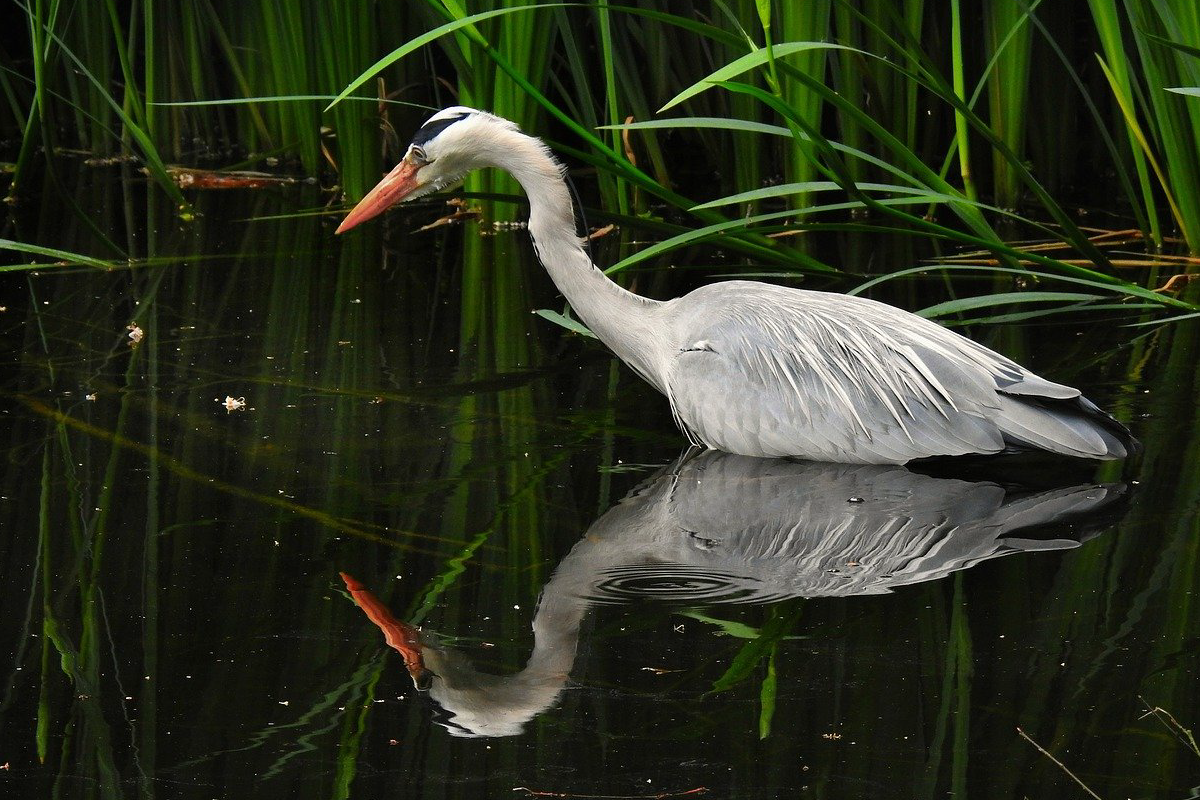
Ponds can also attract temporary visitors such as birds of all different species. These birds may come to the pond as it is a home for all different insects and could be a possible feeding area for them. One bird which will stand out if it ever visits a pond is the heron. Herons can either be a welcome visitor to your pond or an unwelcome one depending on the pond! If you have fish in your pond, you may wish to keep herons out for the fish’s safety. Find out more about what type of animals can be found in your pond or bog garden.
Looking to turn your space into a wildlife haven? Our Naturehood actions are a fantastic place to start! We’ve got options for spaces of any size – check out our actions now.
